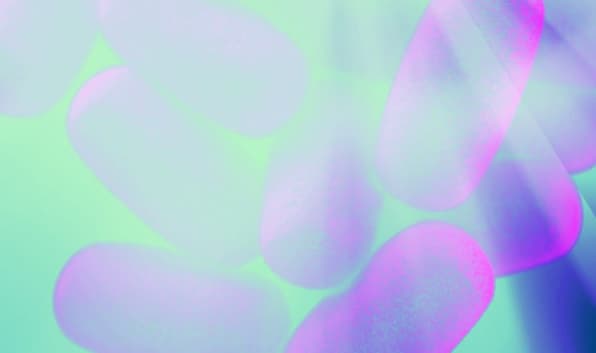One Specific Wavelength Of UV Light Might Be The Secret Weapon Against Superbugs
After he saw a friend die of an antibiotic-resistant infection–following a minor surgery, despite the friend’s overall health–physicist David Brenner decided to devote his own research to the challenge of antibiotic-resistant bacteria.
It’s a problem that’s likely to get much worse: while around 700,000 people around the world died from superbug-related diseases last year, by 2050, that number may be 10 million. Due to a number of factors, including overuse of antibiotics, bacteria are evolving faster than the drugs used to kill them.

“It seems pretty clear that we’re not on a good road, and the drug-based approach is not working,” Brenner told the audience at TED 2017. “I’m a physicist, so I wondered if we could take a physics-based approach to this problem.”

He focused on ultraviolet light, which can kill any bacteria; because it uses a different mechanism than antibiotics, it can kill drug-resistant bacteria as easily as any other type of microbe. It’s currently used for sterilization in some places, such as operating rooms. But because it’s not safe to use around humans–with the potential to cause skin cancer and other diseases–it can’t be used in many of the places where disease is most likely to spread.
Working with a team of physicists, Brenner realized that a particular wavelength of ultraviolet light might be able to kill bacteria and viruses, but not harm humans. It’s strong enough to penetrate through microscopic organisms, but not our skin. Over five years of research in the lab, he’s found that this wavelength of UV light does work: it effectively kills bugs and seems safe.
Brenner envisions that it could be used in hospitals, food preparation areas, schools, airports, and anywhere else where disease is most likely to spread. More long-term safety tests are needed, and regulatory approval, so the technology isn’t guaranteed to come to market. As a previous TED speaker pointed out, we also don’t understand the function of the thousand species of microorganisms that live on our skin–or the millions in the environment. Killing them indiscriminately could have negative implications. But if further research shows that the technique makes sense, it could be a low-cost way to stem the spread of superbugs.
(48)



